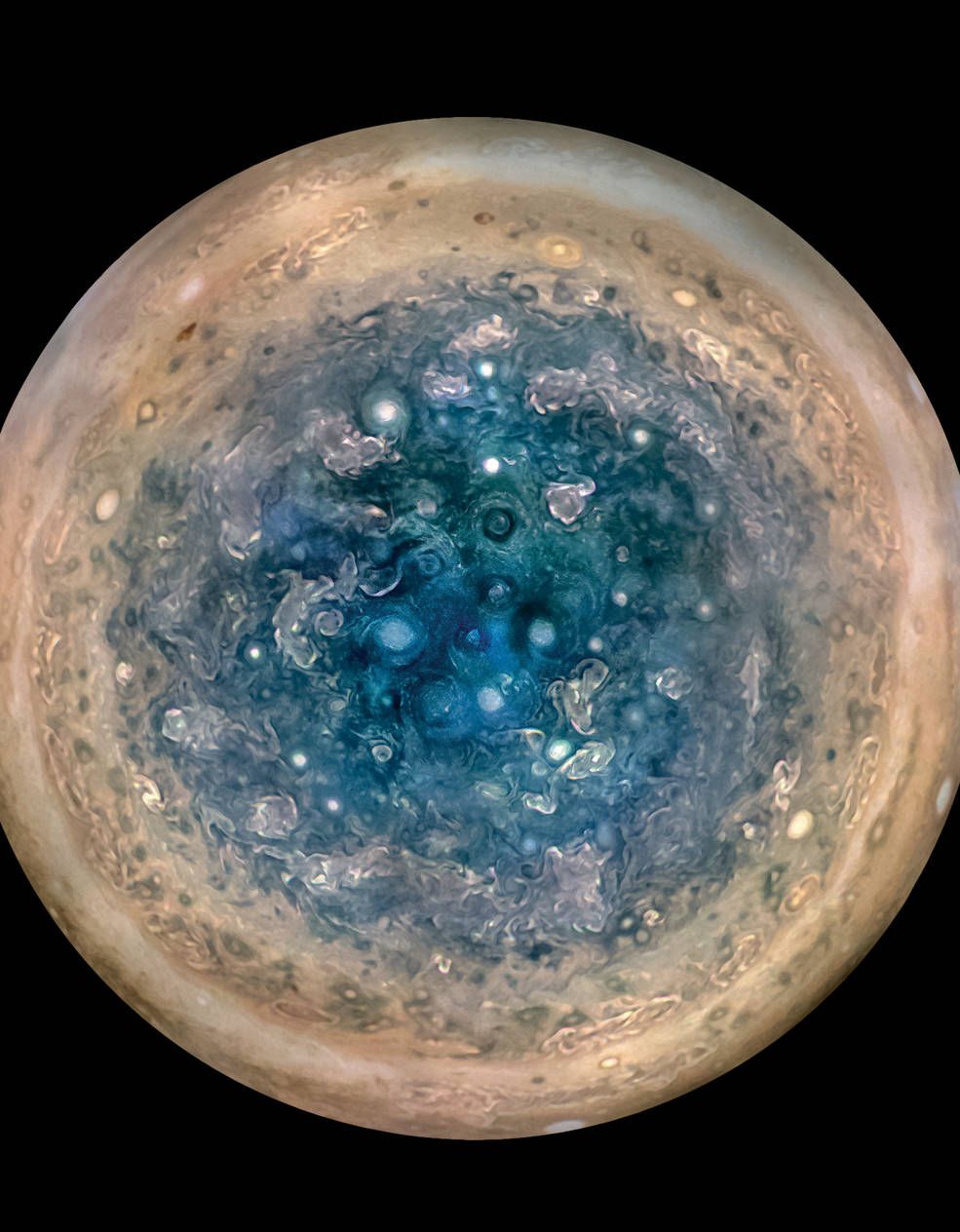
Updated | Juno, the spacecraft sent by NASA to Jupiter, has delivered its first images—and they are not what astronomers were expecting. These new views challenge long-held assumptions about our solar system's largest planet, continuing the groundbreaking path plowed by several recent astronomical discoveries. Researchers involved with the mission say we are looking at "a whole new Jupiter."
Jared Espley is the program scientist for Juno, handling communications among the mission team members. He has been involved with the project for more than a decade and helped create the magnetometer, which measures magnetism, that has delivered revelatory discoveries. Here, Espley talks about the new findings and why understanding Jupiter matters.
What does your work with Juno entail?
I help the scientists and engineers communicate to colleagues at headquarters and vice versa. I'm a scientist spokesman between team members. I've been part of other missions but this one is the first for which I've held this role.
You've also been involved with the Juno mission as a scientist, right?
Yes, I've been involved in the mission since very early on. As a practicing scientist, I am part of a group that builds scientific instruments, specifically we built the magnetometers, which measure the magnetic field. This instrument is an important feature of Juno.
Juno was launched in 2011. What is it like to be part of a mission that extends over so many years?
It's interesting to be part of a mission like this. So much hard work goes into developing the mission. If all goes well and the spacecraft launches, then the waiting begins. For a Mars mission or an Earth mission, the travel time is much less. But Juno traveled for five years before reaching its destination. We have to find other work to do in the interim and then enjoy the fruits of our labor years later. Many scientists and engineers work hard on a mission and then move onto other projects, often hearing about the results through news stories.
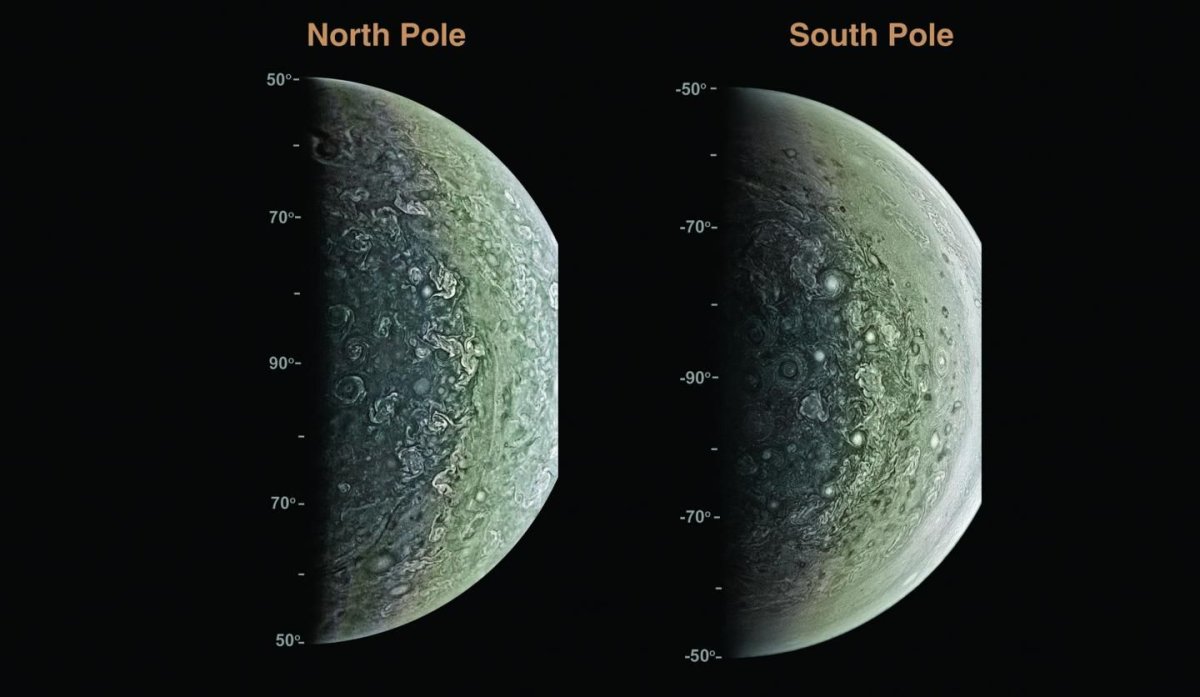
What was the rationale behind creating the magnetometer for Juno?
The magnetometer was developed to address specific, pressing questions. The overall mission objective is to understand how jupiter formed. As part of that, one crucial question is: What is the origin of the magnetic field? We know a little bit about how the Earth's magnetic field developed, but we did not have a detailed understanding of how the dynamo, as we call it, is produced on Jupiter. So we wanted to try to measure the magnetic field coming from inside the planet and also from the space around the planet, the two primary sources of that field. As the new studies show, we have already made very good progress on that question.
What surprised you about the magnetometer findings?
The magnetic field appeared to be a very large planetary magnetic field when we looked at it from afar. But when we got close in, we saw very small-scale features indicating that something comparatively small was producing if not the entire magnetic field, at least part of it. That was definitely not expected.
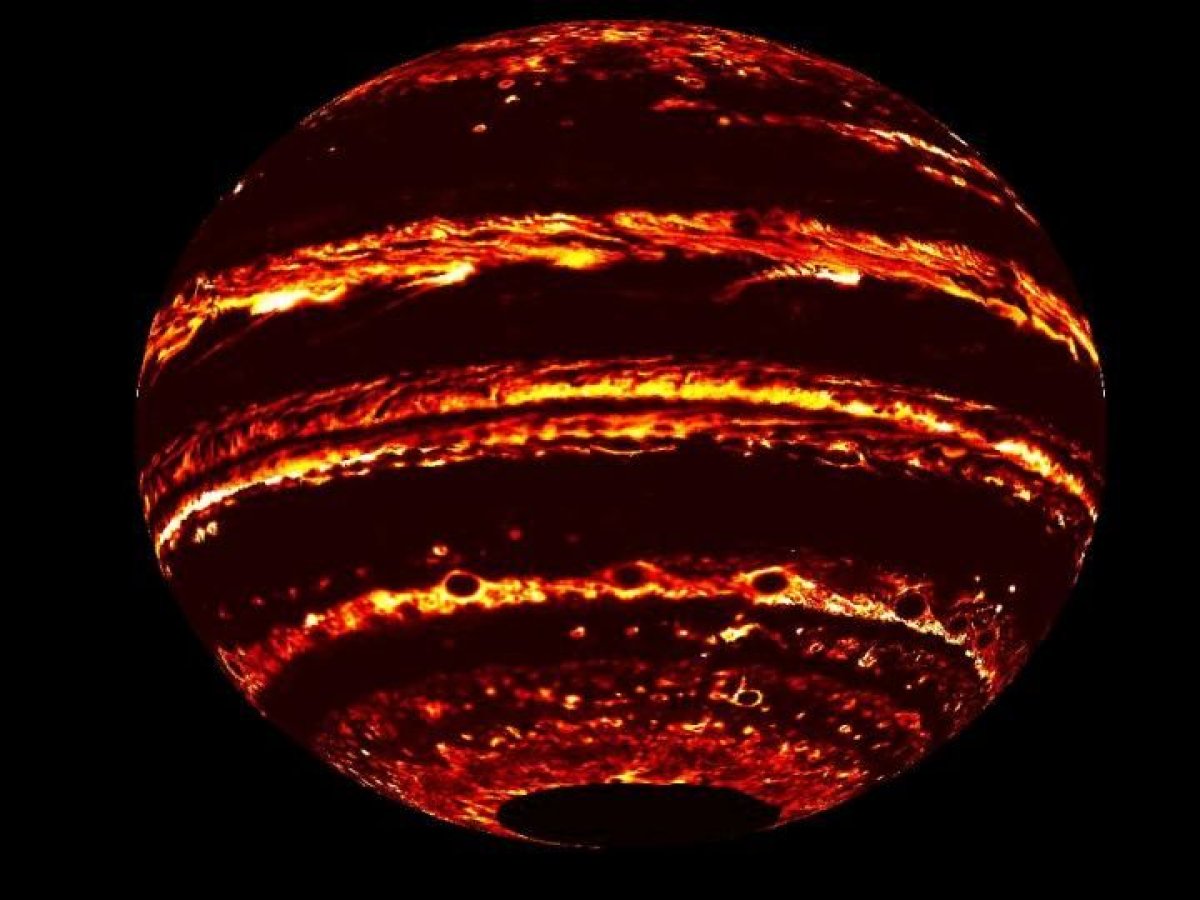
What is the implication of that discovery?
This finding implies that the magnetic field is much closer to the surface than we understood it, or that there are two things making a magnet: a main central dynamo deep in the core and something else producing these small features. We don't know yet because we are just looking at the first few orbits. We need to obtain lots of orbits to create a map in order to work out the details.
Does this finding tell you anything about the origin of the magnetic field?
It does. Whatever is responsible for these small-scale features is likely being produced in a layer that is neither the deep, deep core (where we think there may be rocky material), nor in the metallic hydrogen layer, where hydrogen is under so much pressure that it acts like a metal rather than a gas. Those layers were the most likely suspects for where the magnetic field originates. But now it looks like at least part of the magnetic field is being produced above that layer.
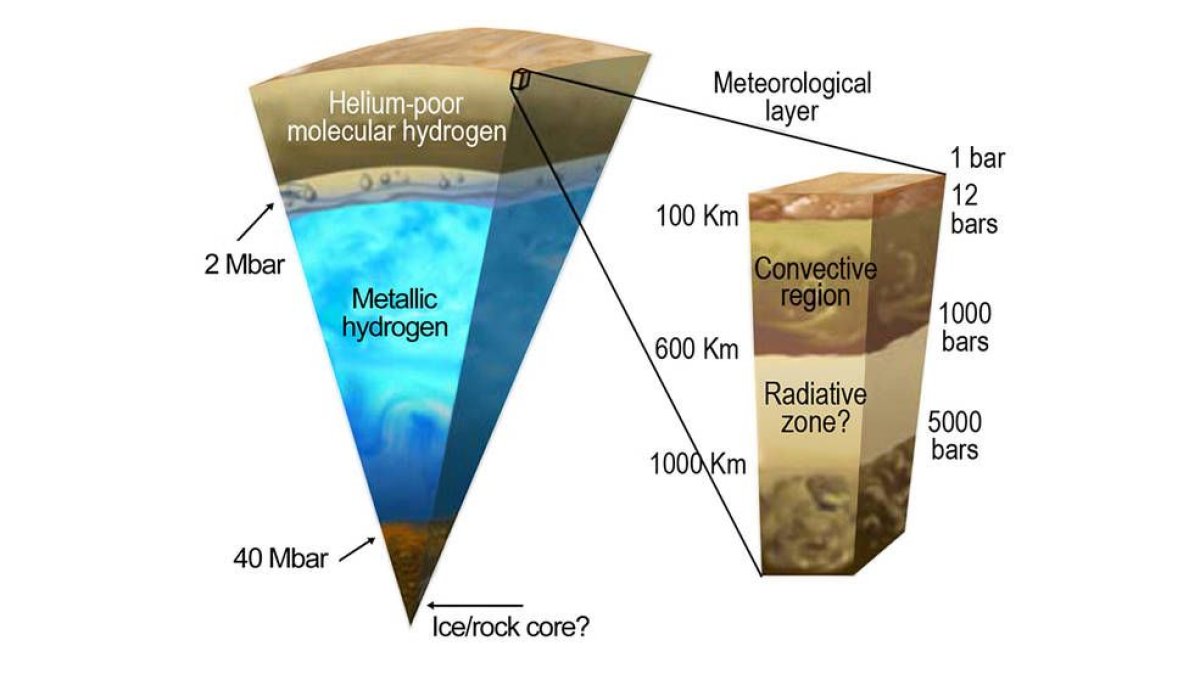
Are there other examples in the solar system of this arrangement or is it a new feature?
As far as I know, we have never observed this phenomenon before in the solar system.
The magnetometer also delivered some findings about the aurorae, though these are less surprising. The aurorae are probably being produced by materials from the volcanoes on Io, the innermost moon of Jupiter. Io is very volcanic, so it spews material into space. This material gets picked up and held in the magnetic field around Jupiter.
The JunoCam has also sent some incredible images of storms at Jupiter's poles. Could you talk about these?
Many of us have an image of Jupiter in our minds—the belts and zones that swirl around the planet. But it turns out that the poles are nothing like that. That was an amazing thing to see, from a pure wonder point of view, from a scientific point of view, and also from an artistic point of view. It's like modern art. Many images that Juno is returning look like something you would see hanging in a museum. It was unexpected to see many cyclones swirling around the poles rather than bands and belts. We know a little bit about polar vortices on other planets but Jupiter's are definitely different. There are many of them, different numbers on each pole. The poles look bluish in color. This blue seen in the images is real: the poles are tinted blue, which is not what we usually think of when we think of Jupiter.
These images are amazing and we are just starting to work out some details about how and when these cyclones are produced.
Do the findings bring astronomers closer to understanding how Jupiter formed?
Maybe. The discovery of the polar cyclones and how dramatic they are is not directly related to Juno's primary science goals. Most of our instruments for those goals are designed to peer closer in: the magnetometer, the microwave radiometer and others. These instruments are working hard to understand the interior of Jupiter, which theoretically would help us learn how it formed.
What are you looking forward to next with the Juno mission?
We are in the early stages. Each orbit takes 53 days so the spacecraft has completed just five so far. I'm really looking forward to building up this collection of orbits. Every time Juno sweeps in, Jupiter has rotated to a slightly different position, so we get information from a new portion of the planet. Over time, we will build up a nice statistical look at what's going on inside the planet. We just have to be patient.
Can the images from the JunoCam be analyzed further?
Yes. It might be possible to probe the images further with image manipulation to understand what the different colors mean and to get more images of the same areas. One question scientists are asking is how stable is this area. Are we just seeing a snapshot of a rapidly evolving system, or has it been stable for a period of time? And if it has been stable, for how long? We know the Great Red Spot has been stable for centuries. Are the cyclones like hurricanes on Earth that dissipate in days or weeks?
Why is it important to you to learn about Jupiter?
Most scientists are driven by curiosity. For me personally that is definitely part of the motivation. But also, profound space missions address core issues of living. Trying to understand how Jupiter gathered early ingredients from the solar system and used those tells us a great deal about how planets formed, including ours. We humans are made out of those same ingredients. And we took those ingredients and made a robotic spacecraft to explore this other planet. It's an effort that reinforces our connection to the cosmos.
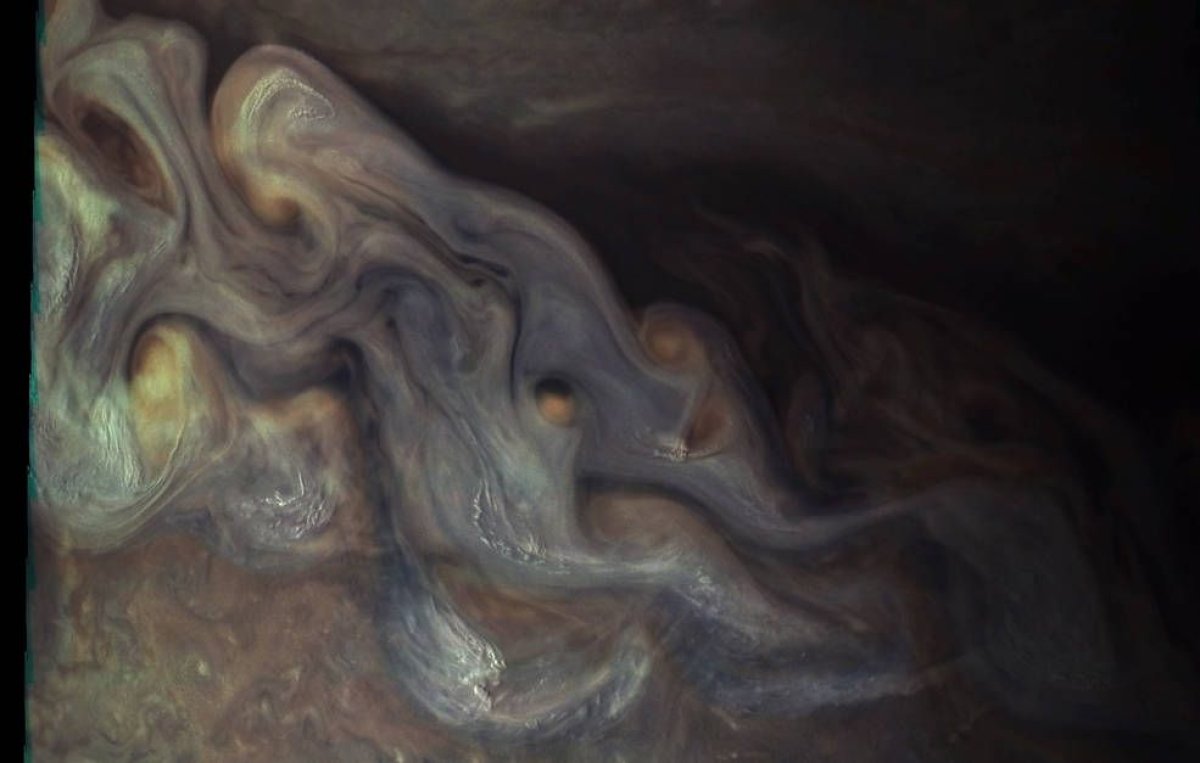
This article was updated to include video of an artist's rendition of the first flyby NASA's Juno spacecraft made through the inner edge of Jupiter's radiation belts.
Uncommon Knowledge
Newsweek is committed to challenging conventional wisdom and finding connections in the search for common ground.
Newsweek is committed to challenging conventional wisdom and finding connections in the search for common ground.
About the writer
Jessica Wapner is the science editor for Newsweek. She works with a talented team of journalists who tackle the full spectrum ... Read more
To read how Newsweek uses AI as a newsroom tool, Click here.








